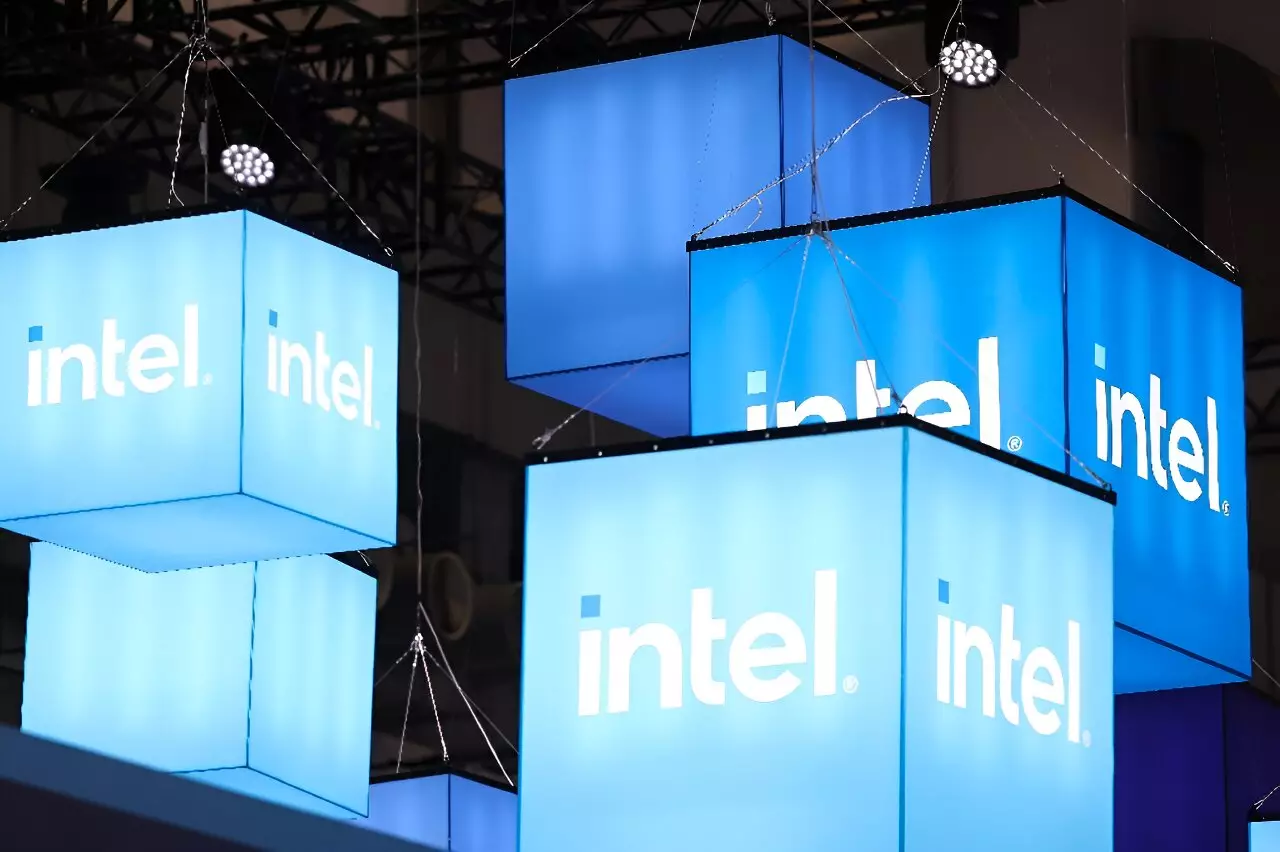In a significant shift in strategy, tech titan Intel has announced a delay in its ambitious plans to establish two major semiconductor manufacturing facilities in Germany and Poland. In light of lower than expected demand for chips, this decision arrives as a considerable setback for both governmental authorities and the industry’s expectations in these countries. This article delves into the multifaceted implications of Intel’s announcement and its broader context in global semiconductor manufacturing.
The planned factories were intended to spearhead advancements in local semiconductor production, a crucial sector for both nations given the increasing global reliance on chips for various technologies. German and Polish governments had committed significant financial resources to support these projects, with Germany even boosting its subsidy offer to nearly 10 billion euros. The abandonment of or delay in these initiatives poses a critical dilemma for both governments, as they struggle to justify substantial public investment while reinforcing their promise of economic revitalization amidst a turbulent market.
As the announcement reveals, the anticipated timeline for the commencement of construction has been postponed by roughly two years. This stall reflects not just on Intel’s operational choices, but also emphasizes the volatility of the semiconductor landscape amid shifting market demands and geopolitical tensions.
Intel’s decision is intertwined with broader issues that have affected the semiconductor industry, particularly since the pandemic. The initial public health crisis highlighted vulnerabilities in global supply chains, resulting in a scramble among nations to bolster domestic manufacturing capacity. With Russia’s ongoing war against Ukraine exacerbating inflation and supply disruptions, countries around the globe are eager to decrease their dependence on Asia for semiconductor supplies. Consequently, Intel’s strategic retreat is particularly disconcerting as it counteracts efforts aimed at ensuring a robust and resilient local industry.
Furthermore, while the company has decided to pause projects in Europe, it remains committed to manufacturing initiatives in the United States. Plans have emerged for collaboration with the US Department of Defense, seeking an infusion of $3 billion in funding aimed at enhancing the domestic semiconductor supply chain. This pivot not only underscores Intel’s strategic focus on the US market but also raises questions about the long-term viability of European investments.
Ultimately, while this decision presents immediate hurdles for Intel, it also offers room for reflection and adaptation. As companies navigate the unpredictable terrain of market demands, they must balance ambitious expansion plans with prudent fiscal strategies. The semiconductor landscape poses a rich tapestry of opportunities fueled by increased interest from various sectors, from defense to consumer electronics.
Intel’s recent strategic shifts illustrate the necessity of remaining agile amid changing geopolitical and economic landscapes. As governments and industry leaders in Europe evaluate the repercussions of Intel’s delay, they must consider how to foster a resilient semiconductor ecosystem that can weather future unpredictability. The stakes are high as both nations strive for technological independence while meeting the evolving desires of a global market increasingly dependent on innovation and connectivity.

